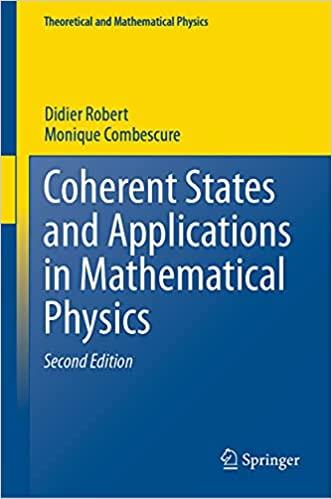Question
The Crab Nebula has a flux density of 1000 Jy at 1 GHz, mostly from synchrotron radiation with a spectrum in the optically thin regime
The Crab Nebula has a flux density of 1000 Jy at 1 GHz, mostly from synchrotron radiation with a spectrum in the optically thin regime of F ^(0.3). The magnetic field in the nebula is approximately 300 G. (a) Assuming a spherical region of diameter 2 arcminutes for the synchrotron emitting region and a known distance of 2 kpc, calculate the emitted power detected from the Crab Nebula up to 20 keV. Express your result in terms of the solar bolometric luminosity. Assume the emission is optically thin down to the ionospheric cut-off frequency of 10 MHz. (b) X-ray energy observations show that the spectrum follows the power law well up to 20 keV, after which a clear break is present, consistent with the electrons of higher energy having lost their energy via synchrotron cooling, on a timescale similar to that calculated in the previous problem. Estimate an upper bound for the age of this system. Assume all electrons are emitting at approximately their critical frequency. Given the fact that Crab Nebula was the remnant of a supernova in the year 1054, is your result consistent with the synchrotron source being powered by the original supernova? If not, speculate on the source of power that could possibly be replenishing this incredibly luminous synchrotron emission.
Step by Step Solution
There are 3 Steps involved in it
Step: 1

Get Instant Access to Expert-Tailored Solutions
See step-by-step solutions with expert insights and AI powered tools for academic success
Step: 2

Step: 3

Ace Your Homework with AI
Get the answers you need in no time with our AI-driven, step-by-step assistance
Get Started


